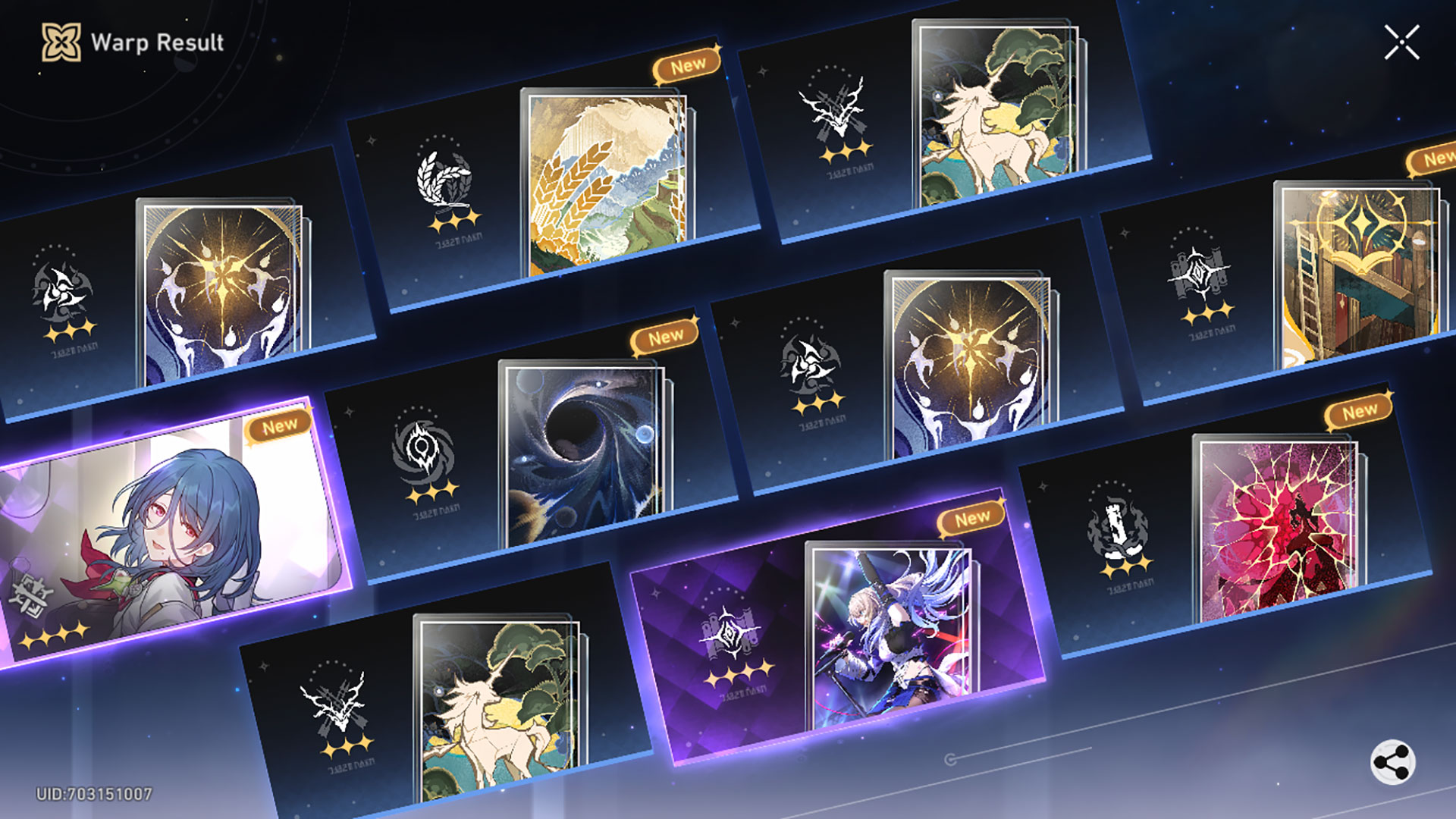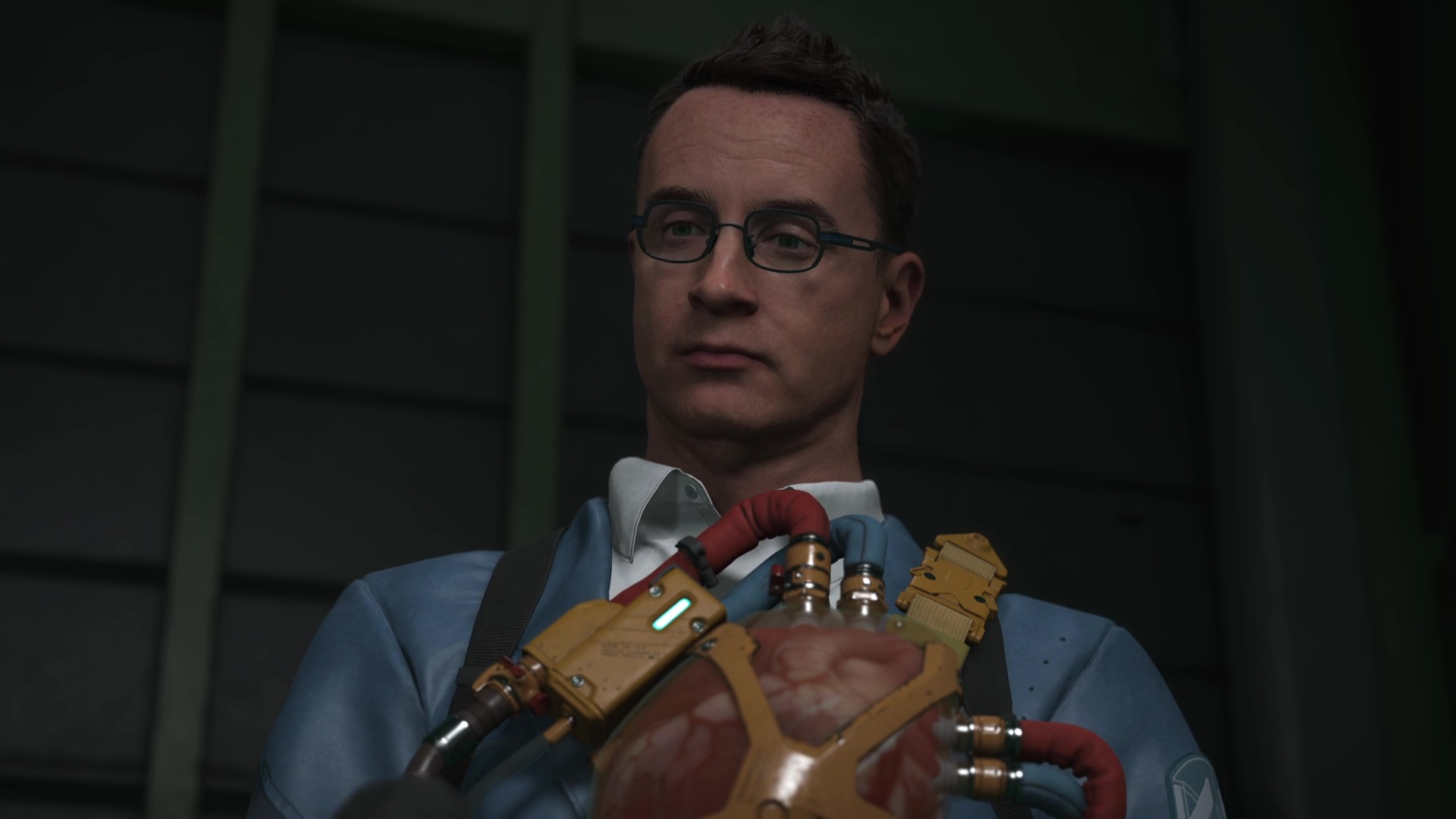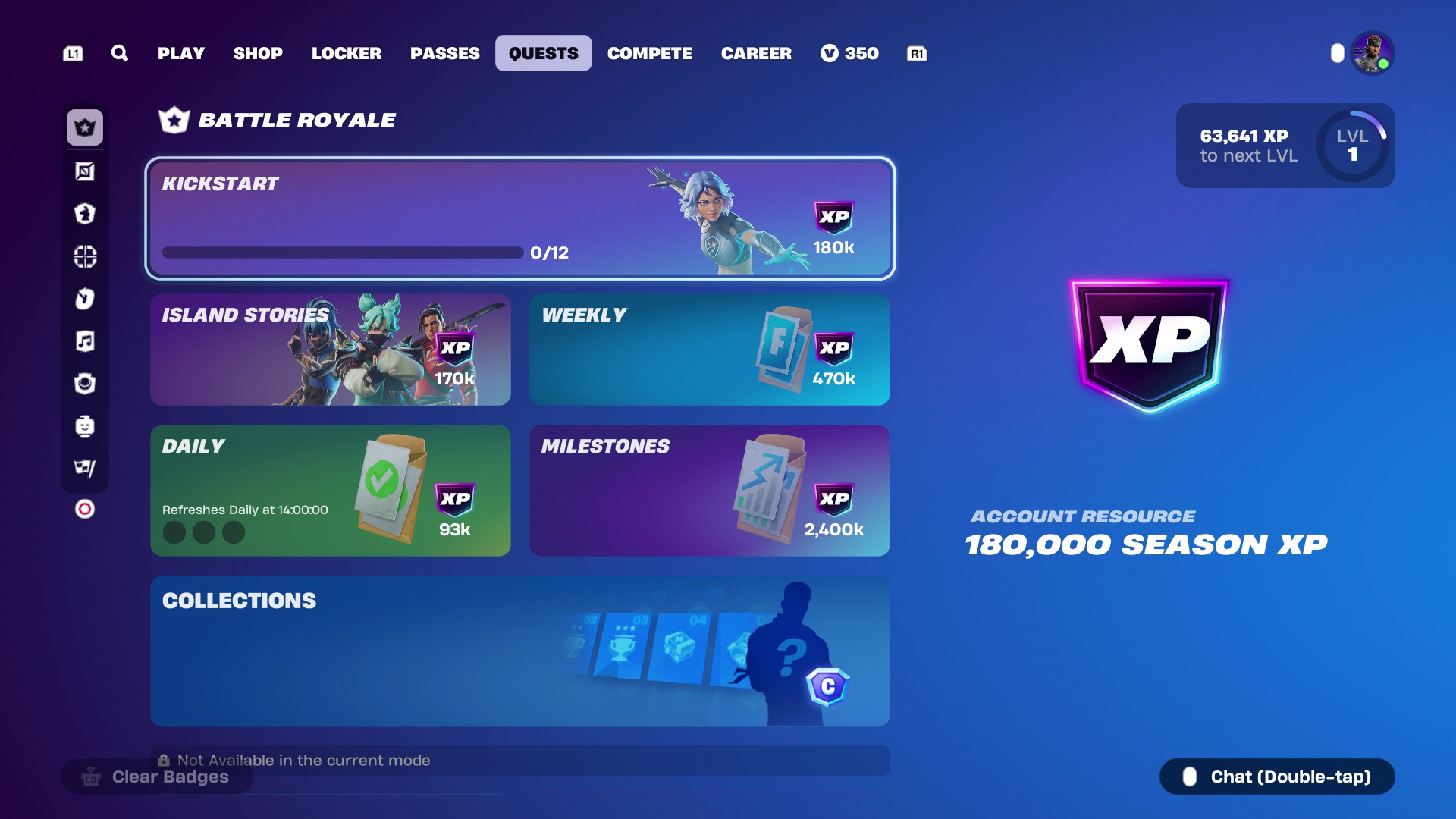Guides
Latest Guides

Honkai Star Rail banner schedule, current and upcoming
By Iain Wilson last updated
Guide Find out which Honkai Star Rail banner events are currently running for the 3.4 update phase 1, and what's coming next

Roblox Dress to Impress codes (July 2025) for fresh outfits and more
By Iain Wilson last updated
Guide Claim these Dress to Impress codes in Roblox and get new looks to take on the catwalk

All Marvel Rivals upcoming characters and leaks for Season 3 and beyond
By Patrick Dane last updated
Guide All the leaked, new, and upcoming Marvel Rivals characters we've heard about

All Death Stranding 2 best unlocks and rewards
By Joel Franey last updated
Guide All the best DS2 unlocks from raising your connection level are listed here, including weapons and gear

All Marvel Rivals codes (July 2025) and how to redeem them
By Iain Wilson last updated
Guide Marvel Rivals bundle codes can be redeemed for fresh cosmetics that you won't find anywhere else

Death Stranding 2 "I won't do it" choice explained
By Will Sawyer last updated
This initial choice to agree to help Fragile or not in Death Stranding 2 is rather pointless

When is the next Monopoly Go Golden Blitz event?
By Iain Wilson last updated
Guide During a Golden Blitz in Monopoly Go you can trade select gold stickers, with Galaxy Gazing and Millennium Falcon in the latest event

The top Death Stranding 2 tips we wish we'd known before we hit the road
By Joel Franey last updated
Guide Build connections and secure your packages with the best tips for Death Stranding 2 we learned from the wasteland
Weekly digests, tales from the communities you love, and more




